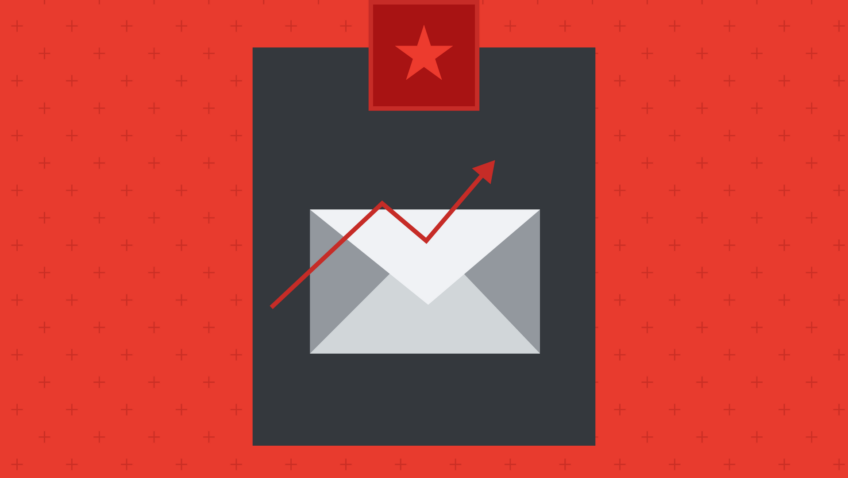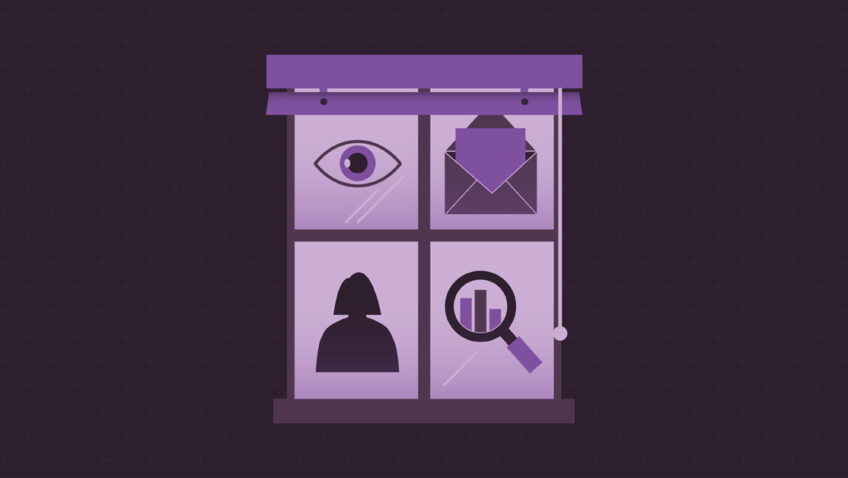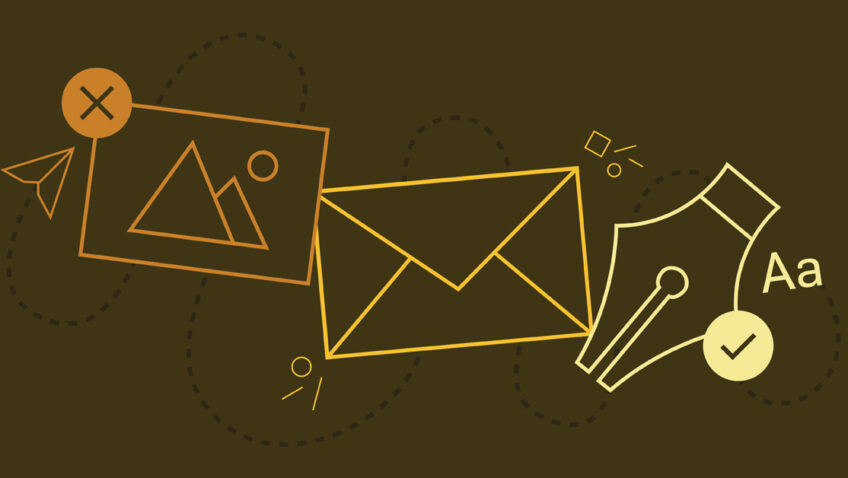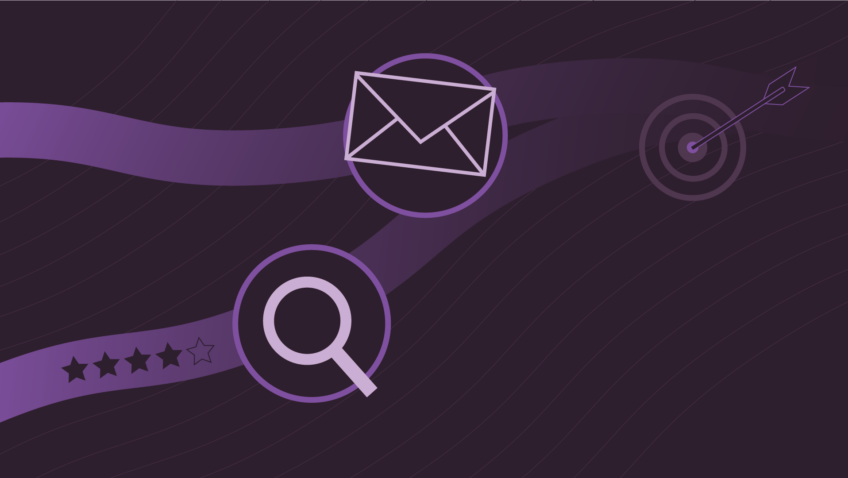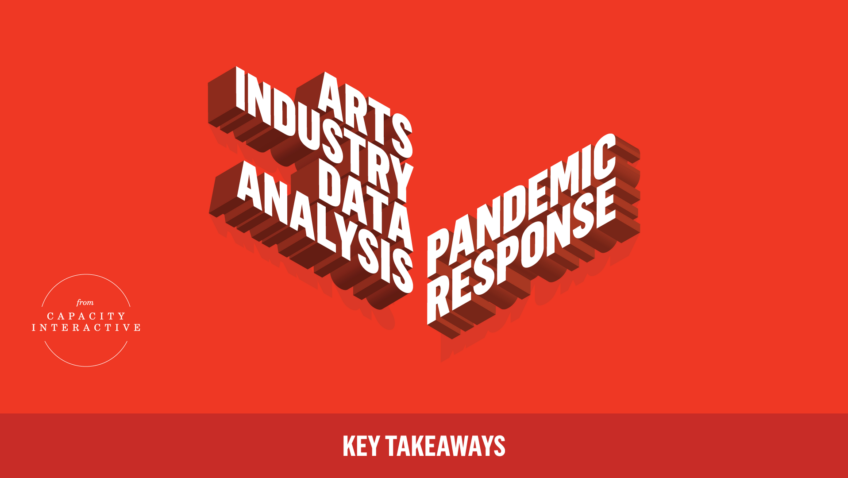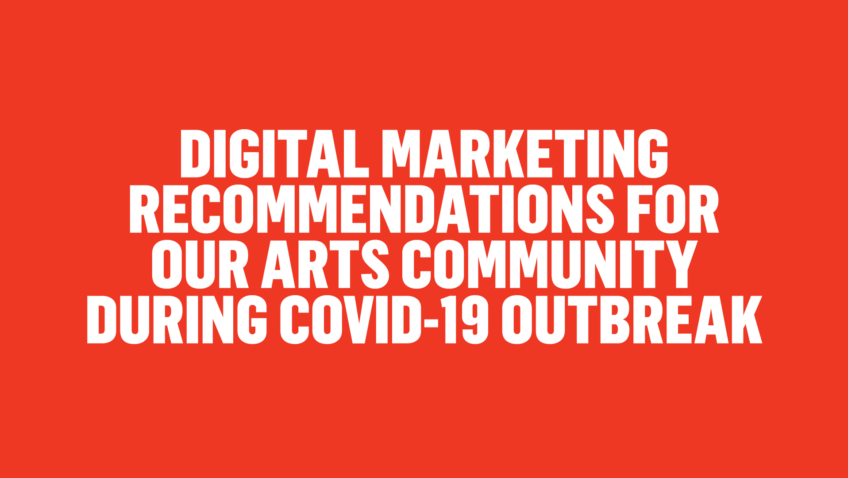Big Changes are Coming to Gmail and Yahoo–Are You Ready?
In a rare move, Google and Yahoo have joined together to help limit SPAM emails. To do this, they are requiring the use of some authentication tools that have been around for years but have been largely optional.
As of February 2024, these forms of authentication are no longer nice-to-have but need-to-have if you want to send emails to Gmail and Yahoo users. The good news is that your Email Service Provider has likely already taken care of some of these requirements for you. We highly recommend you check for yourself and take action on those requirements not yet complete.
WHICH AUTHENTICATION TOOLS ARE REQUIRED FOR MY ORGANIZATION?
Do you send emails to ANY users with Gmail or Yahoo addresses?
All senders who have audiences with Gmail or Yahoo email addresses must have the following in place:
SPF: Sender Policy Framework (SPF) verifies that you are authorized to use a particular domain for email.
DKIM: Domain Keys Identified Mail (DKIM) uses digital markers to confirm that an email’s message has not been tampered with in transit.
One-click unsubscribe: The ability to unsubscribe with one click should be available, and Yahoo is requiring senders to honor that opt-out within two days.
Spam Complaint Rates below 0.3%: Yahoo recommends that the rate stays below 0.3% while Google wants it to stay below 0.1% and never rise above 0.3%.
Do you send emails to more than 5,000 Gmail and/or Yahoo users per day?
If you are a bulk sender, you must also set up the following, but it is not a bad idea to set this up even if you are not yet a bulk sender.
DMARC: Domain-based Message Authentication, Reporting, and Conformance (DMARC) allows you to tell Gmail and Yahoo where your emails come from and how to handle potential spam that is trying to impersonate you.
HOW DO I KNOW IF MY ORGANIZATION MEETS THE REQUIREMENTS?
Thanks to Dan Oshinsky of Inbox Collective, I learned an easy way to check if your emails have SPI, DKIM, and DMARC set up. If you use Gmail, you can click on the three dots next to the date in the top right corner of the message. Then click on “Show Original.” You will see something like this:
If you have PASS on all three, congratulations! Your emails are authenticated. Just make sure that DKIM has your correct domain associated with it.
If you have not passed or you don’t have all three showing up, you will need to add them using the instructions below.
SPF and DKIM: SPF and DKIM can be added as txt files to your DNS. You can find more information here.
One-Click Unsubscribe: Check with your Email Service Provider. Most seem to implement this for their customers automatically.
Spam Complaint Rate: You can create a Google Postmaster account to monitor your spam complaint rate and sender reputation within Gmail.
DMARC: If you need to implement DMARC, the folks at Inbox Collective created this comprehensive guide. Wordfly also has outlined exactly what they take care of for you and how you can easily implement DMARC.
WHERE CAN I FIND MORE INFORMATION?
Check out the resources below for extra intel on these sweeping changes and guidance for meeting Google and Yahoo’s new requirements.
Gmail Email Sender Requirements
Yahoo Email Sender Requirements
Inbox Collective Google/Yahoo Requirements Guide
WordFly Google/Yahoo Requirements Guide
YOU’VE GOT THIS, EMAIL SUPERSTARS!
Following the steps above will help your emails continue to get to your audiences and improve the email-receiving experience for many. Happy sending!
LOOKING FOR MORE EMAIL EXPERTISE?
Let’s talk about how to boost your email ROI and nurture an ongoing relationship with your audience.




